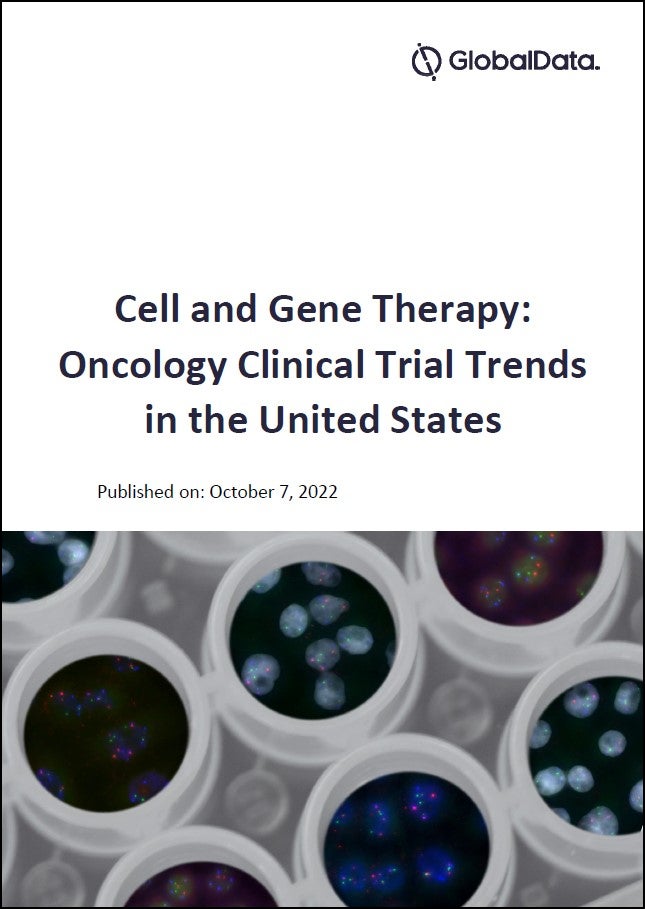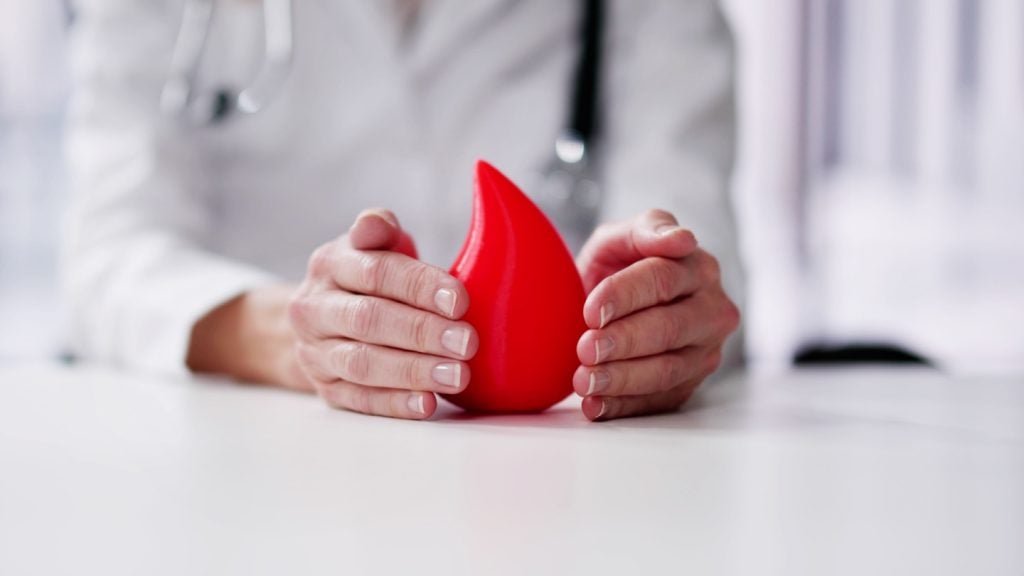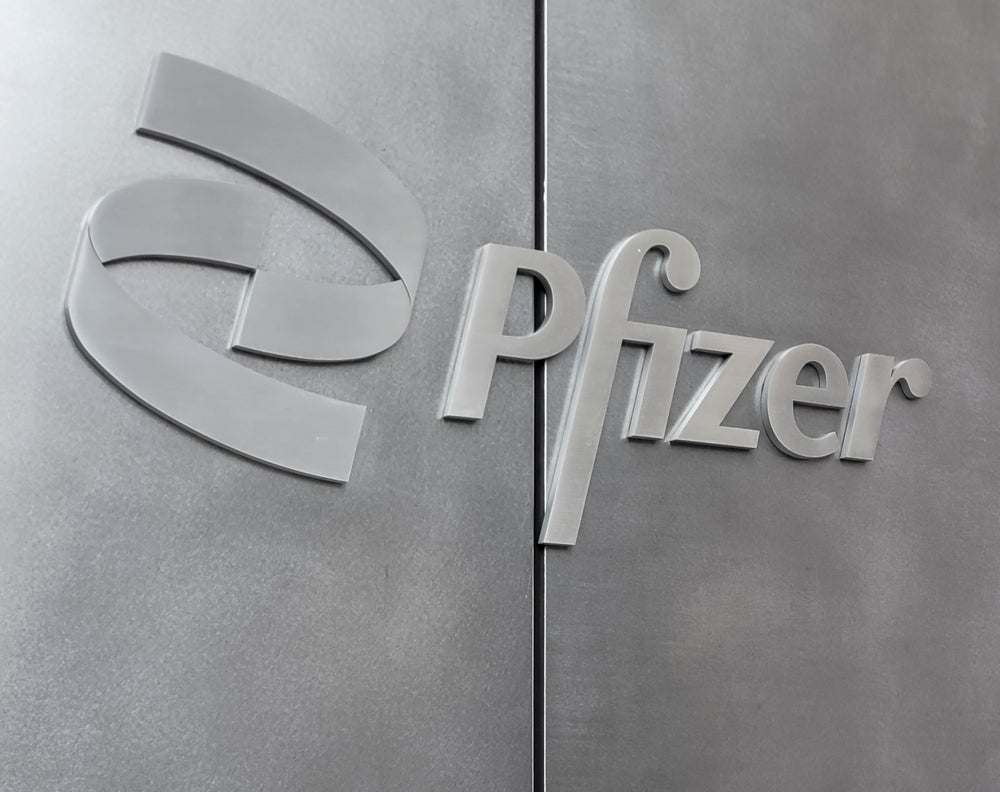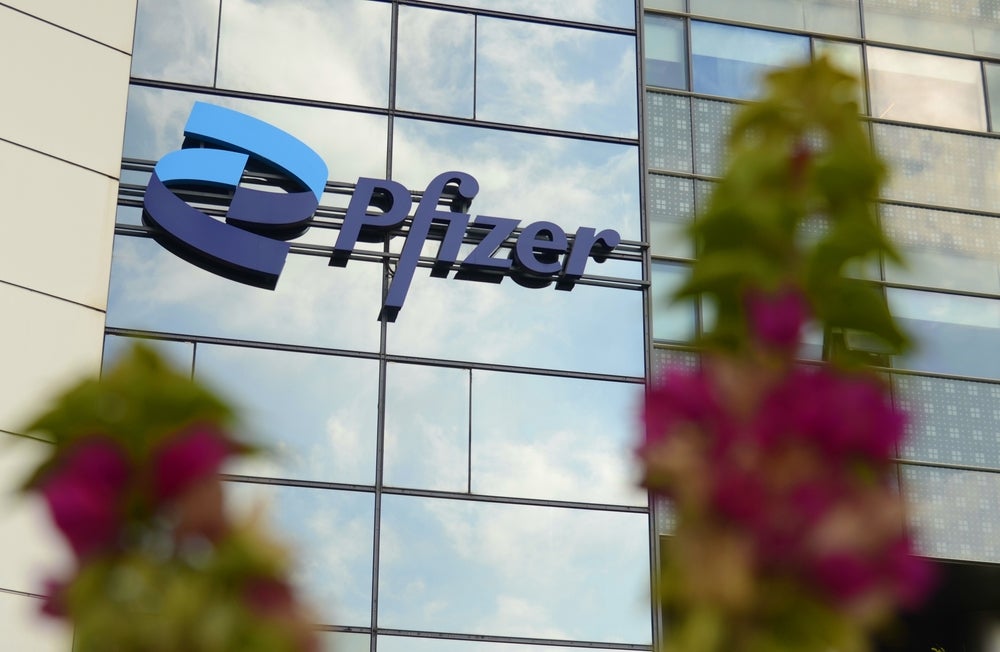Breast cancer is one of the most common forms of cancer worldwide, with approximately 5.4 million cases worldwide in 2016.
It is a highly heterogeneous disease characterised by an uncontrollable, invasive proliferation of cells originating from breast tissue.
How well do you really know your competitors?
Access the most comprehensive Company Profiles on the market, powered by GlobalData. Save hours of research. Gain competitive edge.

Thank you!
Your download email will arrive shortly
Not ready to buy yet? Download a free sample
We are confident about the unique quality of our Company Profiles. However, we want you to make the most beneficial decision for your business, so we offer a free sample that you can download by submitting the below form
By GlobalDataPatients diagnosed with early breast cancer have a strong prognosis, with a five-year relative survival rate of 98.6%.
However, the metastatic form of the disease is currently incurable, with a five-year relative survival rate of 24.3%.
There are currently three types of systemic pharmacological therapy for breast cancer: chemotherapy, endocrine therapies, and targeted therapies.
Future treatments are likely to put increased focus on the individual, profiling the patient’s unique pathology, genotype and medical history, in order to recommend the most appropriate treatment for them.
The breast cancer pipeline is the largest in the pharmaceutical industry, with 1,421 products in active development across all stages.
The range of mechanisms of action employed by these compounds is also highly diverse, especially in comparison to the existing market landscape.
The degree and proportion of breakthrough innovations in this pipeline is exceptional; GBI Research analysis identified over 450 first-in-class programs in the breast cancer pipeline.
Despite the higher stakes and greater risks, the return on investment for innovative products reaching the market remains attractive and could increase in significance for several years to come.
On the whole, there is no shortage of developmental programs that display both incremental and disruptive innovation, warranting an optimistic outlook for patients, companies and investors alike.
Related report. For more insight and data, visit the GBI Research report store.










Related Company Profiles
GBI Research